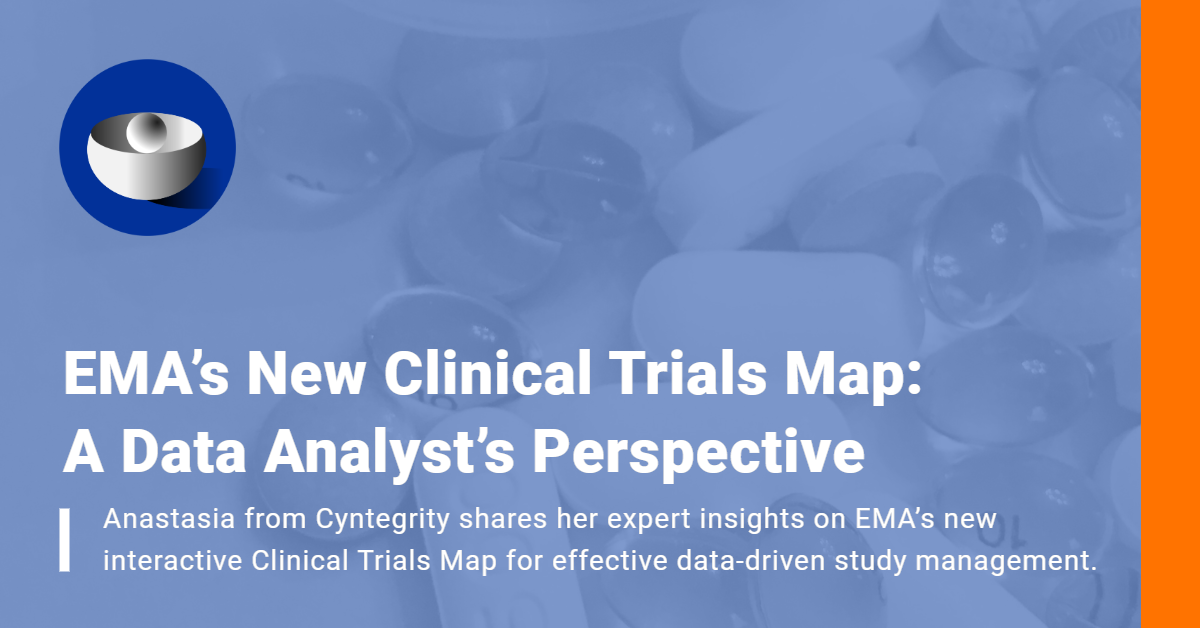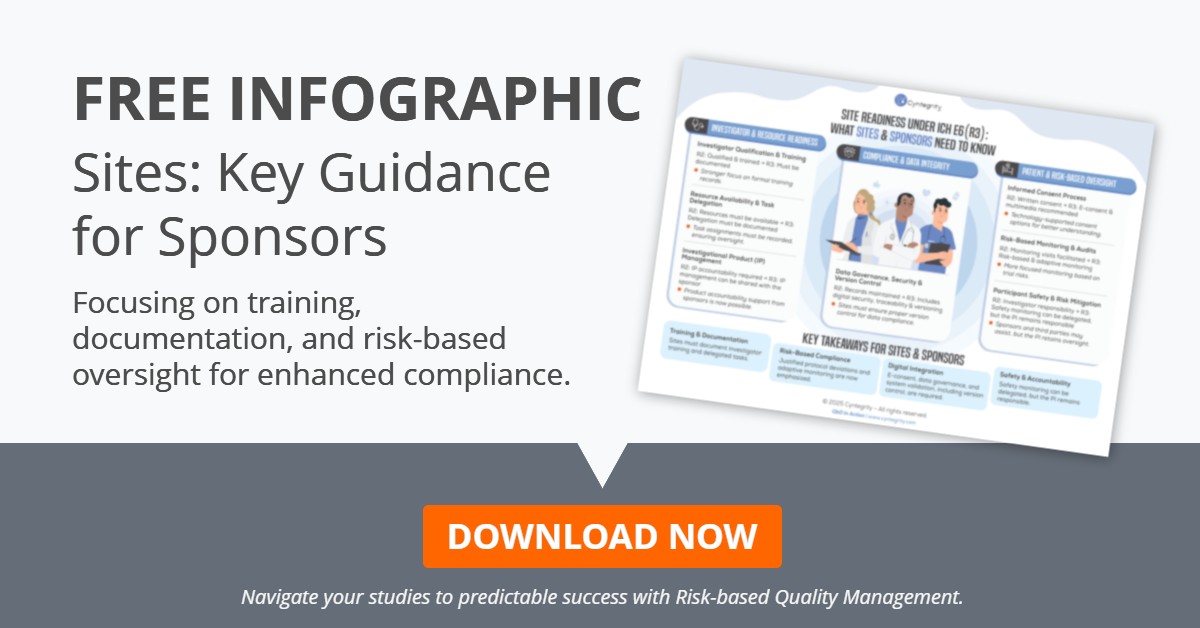RBQM, Better Sooner Than Later
Spare yourself a fall-from-grace by so called ‘data detectives‘. Unlike double-checking already published data, well-executed, intelligent risk-based quality management (RBQM) lets the truth come out prospectively, leaving study teams sufficient time to combat risk at source.
“In essence, nobody would need such a post-hoc analysis if everybody would use MyRBQM® Portal and review the results provided. Since holistic risk-based quality management services would have detected the problems prior to the completion of the analyses and the publication of a paper. Consequently, the quality of those publications would improve substantially.”, concludes Dr Johann Proeve, former Head of Global Data Management at Bayer, after reading David Adam’s recent article in Nature.
Problems spotted in hundreds of research papers
Proeve summarizes that the ‘data checkers’ or ‘data detectives’, who double-checked already published data, in Adam’s article mainly looked at:
- data between two treatment groups
- data that were not distinct enough
- or were just too balanced to be true.
They also used many statistical tests, in some cases even a test per data point. The data checkers, however, did only have access to the published information, they did not have access to ‘source data’.
How can RBQM spare organizations the trouble of retracting papers?
Through MyRBQM Portal study teams have access to ‘source data’. Which means, they can look at e.g. numbers being used frequently (0,2,4,6,8) vs those not being used frequently (1,3,5,7,9), and apply Benford’s Law to flag for suspicious data sets. [1]
In addition, they can compare one center with all other centers and their data. Inter-center comparisons highlight outliers, and those are then centers to take a closer look at (which does not necessarily mean that such centers fabricated data, but it could be the case).
Study teams can look for patients that are too similar (or potentially the same) within a site, meaning that patients had been enrolled into a study twice (which is not supposed to happen). Example: hip surgery study with one hip replaced, and the patient being enrolled a second time for the other hip replacement (we have seen those studies!).
Ultimately, MyRBQM Portal could present data that are ‘too-good-to-be-true’, i.e. all patients at a site came in at exactly the planned visit dates (day 1, day 14, day 28, day 42). That is so unlikely to happen that a Sponsor company may want to be aware of it. It could, though, be a site that has its patients fully under control.
More on holistic RBQM and fraud detection
Read here how the PUEKS consortium developed a holistic approach to de-risk clinical trial operations (peer reviewed, published by ACT).
Download here our white paper on fraud detection ‘Clean Clinical Trial‘.
—
[1] Benford’s Law is one of the very powerful measures of fraud detection in today’s world. Benford’s Law can be used as a screening tool for fraud detection when applied to data sets. The law describes the frequency distribution of the first digit in data sets, and compares the expected and observed distributions. As the number 1 appears most frequently as the first digit in data progressions, and successive numbers less frequently, strong deviations from the expected frequencies or anomalies may indicate that the data is suspicious, or that it has been manipulated.







